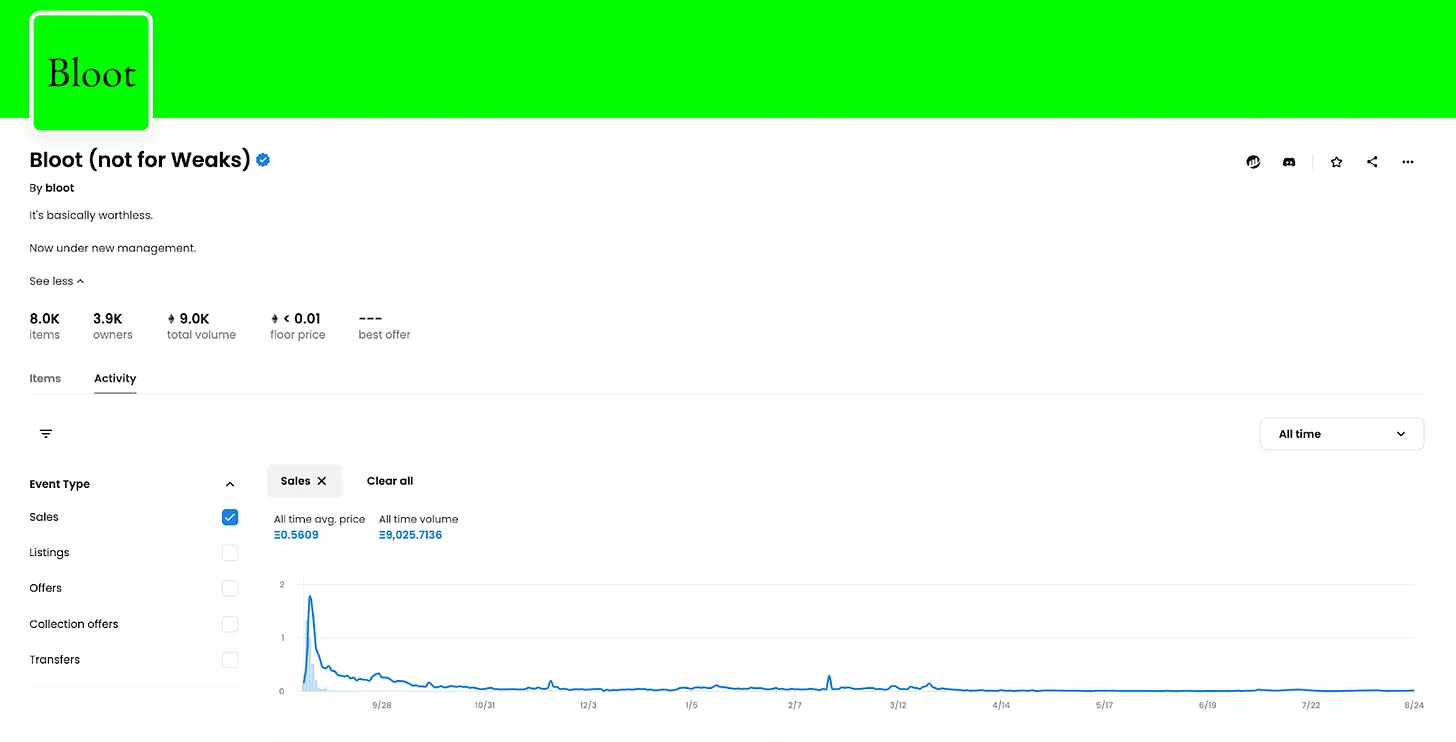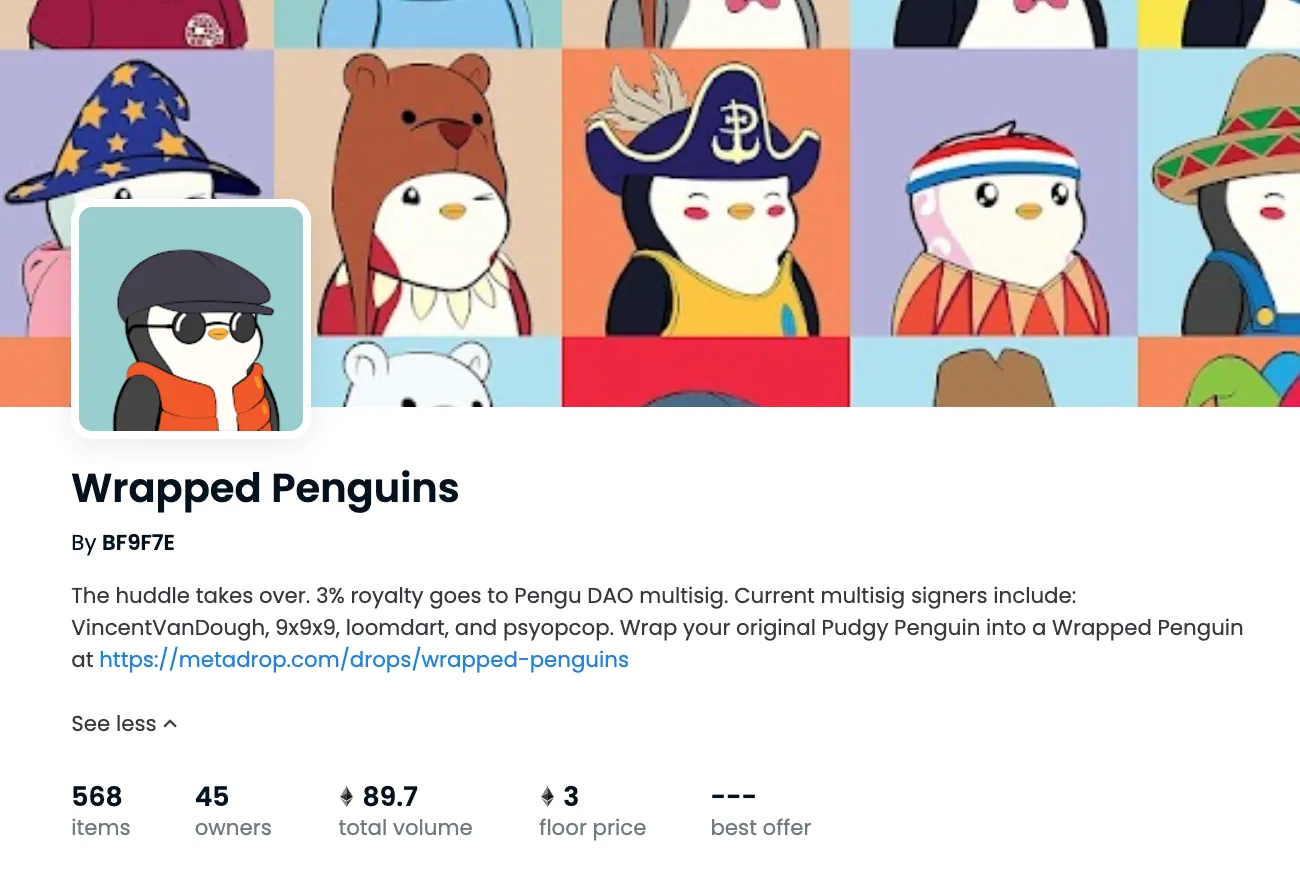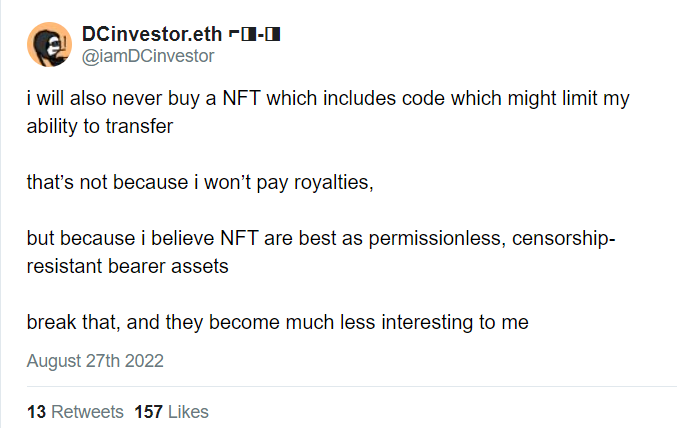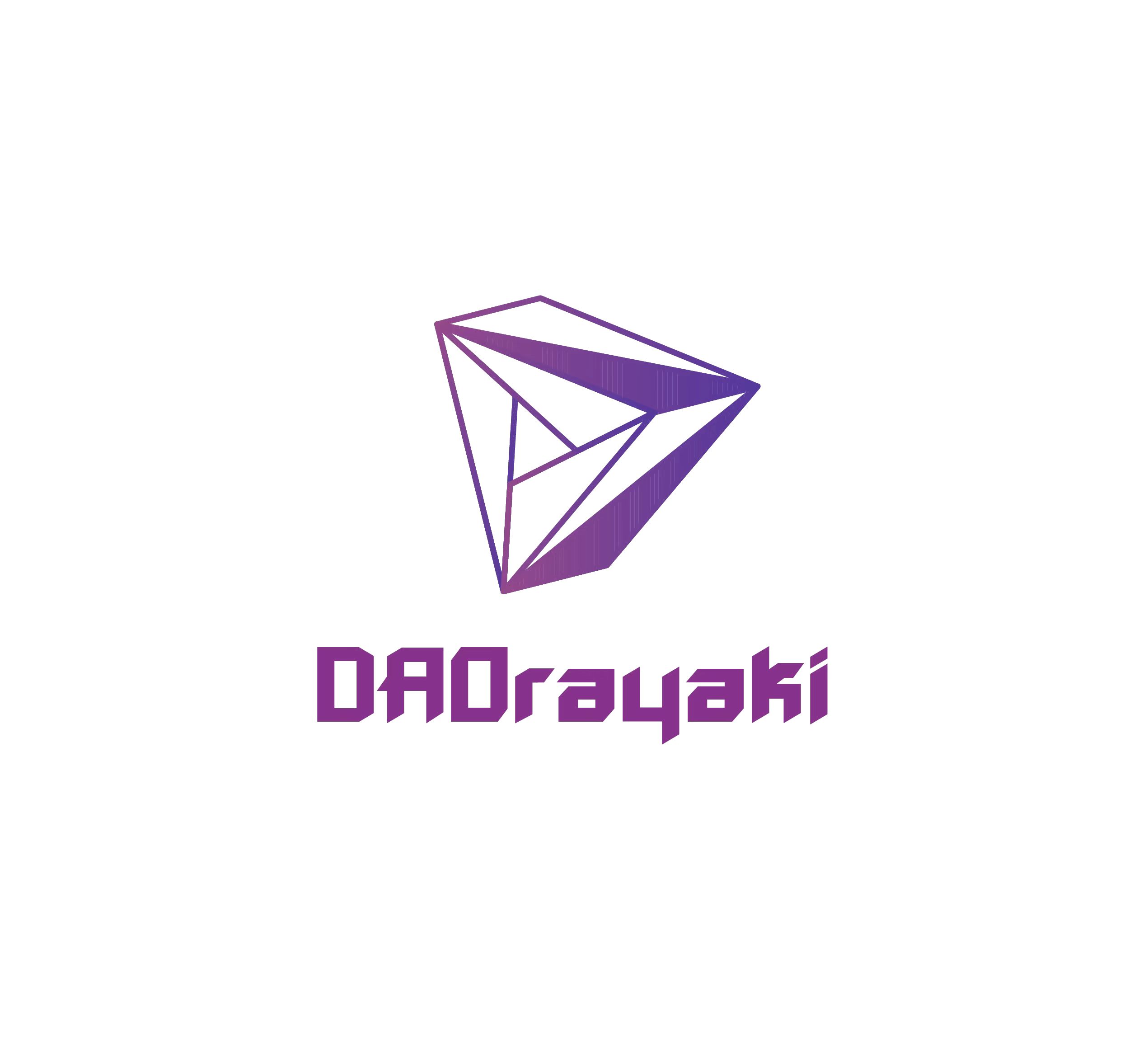Original Author: Oxfoobar
Royalties provide a source of income for artists and creators, and it would be great if they could be profitable. But in the field of blockchain, its feasibility is not high. In this article, I explain why royalties are unsustainable and what sustainable ways artists should consider to earn money.
This is not just for defamation, but to help clarify and distinguish what is sustainable and what is not. We seek the consistency of the world view and methodology, rather than blindly opposing everything. If the designer of a decentralized bearer property system wants to get rich returns, it must use encrypted thinking for repeated deliberation.
● Royalty misaligns incentives
● Royalty is not enforceable
● Centralized options that destroy the value proposition
secondary title
Royalty Misaligns Incentives
The project below is an example where 6.9% of creator royalties (hundreds of ETH) were withdrawn and millions of dollars disappeared in a pump-and-dump game of free mint. Bloot was a failed project, collectors ended up getting nothing, but the team of creators made a ton of money from royalties.

Bloot is a free mint project run by Beanieco. Although there is a total transaction volume of 9000ETH, the current floor price is below 0.01ETH.
However, the status quo is that an NFT project is more based on liquidity and the turnover rate of holders to obtain benefits for creators, while diamond hands are ignored. This is an obvious misalignment of incentives. This has further fueled the emergence of pump and dump scams. The emergence of these scams is not a coincidence, and everything can be found. Creators should earn income based on the market value of the collection rather than the number of collections.
Traditional financial delegates are paid proportionally based on profits, not based on transaction volume. When a collectible is dumped because the community learns about the founding teams ignominious details, the ignominious founding team shouldnt be allowed to earn additional secondary fees either.
secondary title
Royalty is not enforceable
NFTs are decentralized bearer assets. Bearer means that the person who holds it has ownership and full control, and decentralization means that ownership and control cannot be revoked by a third party. Enforcing royalties on-chain is impossible without introducing a centralized mechanism or blocking NFT transfer activity between wallets.
The first concept to understand is side payment. Parallel payment means that A pretends to sell to B at a low price on the chain, and then sends additional money separately. The real price cannot be reflected in the process of sales and transactions.
The second concept is wrapper contracts. A packaged NFT points to an original NFT, and users send the original NFT into escrow and mint a packaged version of the NFT. The packaged NFT is used as the subject of the claim and can be traded freely without any restrictions programmed into the contract by the original NFT creator. for example"Wrapped Penguins", a community protest against Cole before he sold ownership of the project.

The Wrapped Penguins were a community rebellion led by Vincent Van Dough in protest of Coles ineffective governance.
The third concept is the freedom of transfer of wallets. Rotating wallets is a fundamental aspect of hack reduction, financial security, key management, privacy and personal security. While there are some use cases such as restricting transfers with veTokens, this technology is also not favored because ve NFTs are transferable. Some have proposed having centralized administrators reverse transfers after the fact, adding KYC requirements to prove ownership of both wallets or adding a fixed transfer fee. However, in addition to attacking the core spirit of cryptocurrency, these methods are also troublesome in practice.
Here are a few common ideas to refute:
● Q: What if the royalty mechanism is hard-coded into the token? A: This generally speaks to a lack of understanding of how ERC721 works, the approval and transfer of transactions is done at the market contract level.
● Q: What if a fixed fee is hard-coded for Token transfer? A: Its not a royalty, its just a transfer tax, which violates the freedom of transfer and can be circumvented by a one-time transfer to a packaged contract.
● Q: What if a price oracle fee is hard-coded for Token transfer? A: Running a price oracle is difficult and centralized, which violates the freedom of transfer, and can be circumvented by transferring to a package contract at a time.
● Q: What if markets that do not respect royalties are blacklisted? A: You cannot blacklist websites, only contract addresses. And there will always be new contracts, and the same code can run at different addresses. This is an endless game of cat and mouse that requires constant risk management.
secondary title
Centralized options that destroy the value proposition
Considering free programmability, the only"solution"It is to grant the creator permanent management rights, blacklist the address to destroy the Token, or revoke the transfer. For NFT collectors, this compromise is difficult to accept because of the obvious tail risk. DCinvestor once said:

when people suggest"Block wallet-to-wallet transfers","Build a centralized blacklist"or"Let creators burn tokens"secondary title
How to earn income sustainably
text
1. Liquidity held by creators
text
2. Leaderboard of voluntary payment of royalties
text
3. Primary sales after the creator proves his real identity
text
4. Work after certification
text
5. Endorsement of Derivative Works
text
6. Harberger tax
secondary title
a philosophical thought
I dont consider myself a good visual artist, but I do enjoy collecting art. In the realm of mechanical design, Im a creator.
One of the secrets of this field is: simplify. Might sound like an excuse for being lazy, but the reverse is also true. Building a simple protocol is actually harder to do than building a complex protocol with lots of edge case patches. The latter is satisfying because youre working hard, completing tasks, and solving problems; but its often not the most efficient, and probably not what users want.
Overcomplicated edge cases are like trying to fit a log into a square hole. This is a mechanical feedback that something is wrong, and we need to build a natural mechanism that does not require excessive control. Resist the urge to create blacklists, resist name-calling, resist excessive if-then statements. This is the best of both worlds for creators and users.
And this principle is not only applicable to the NFT field.










